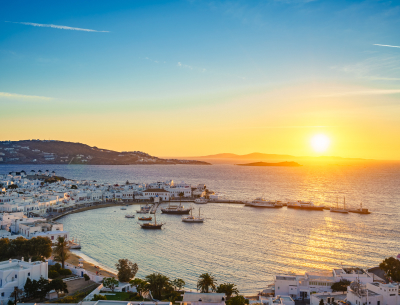Croatia or Italy: How Does the Weather Compare?
Croatia
Croatia enjoys a diverse climate; coastal regions (including popular destinations like Dubrovnik and Split) experience a Mediterranean climate, whereas inland areas display more continental features.
Along the Adriatic coast, summers are hot and dry, with temperatures often soaring above 86°F in July and August, making it the perfect time for sun-worshippers and outdoor enthusiasts. Winters are mild and wet, making it an ideal destination for off-season travelers.
Inland Croatia sees more significant temperature variations, with very cold winters and hot summers. The capital of Croatia, Zagreb, experiences average summer temperatures of 77-86°F and snowy winters with temperatures often dropping below freezing.
The best time to visit Croatia is in the shoulder seasons of spring (April to June) and early autumn (September to October) when the weather is pleasant, and tourist crowds are thinner, making them excellent choices for exploring historic sites and hiking.
Italy
Italy’s climate is also diverse, with regional variations. Northern Italy, including destinations such as Milan and Venice, has a continental climate with cold winters and warm summers, while central Italy experiences milder winters and hot, dry summers.
The coastal areas of southern Italy and the islands, such as Sicily and Sardinia, boast a Mediterranean climate with mild, wet winters and hot, dry summers. In Rome, for instance, summer temperatures can exceed 86°F, while winters are generally mild with temperatures rarely dropping below freezing.
The best time to visit Italy varies by region. Spring (April to June) and early autumn (September to October) are pleasant and less crowded throughout the country, making it ideal for discovering the rich cultural heritage of Italy. However, for coastal areas and islands, summer (June to August) is the prime season for beachgoers.
Comparison
Both Croatia and Italy offer a diverse range of climates due to their varied geography. While Croatia’s coast experiences a more pronounced Mediterranean climate, Italy’s climate varies significantly from north to south, although the temperatures are largely quite similar.
Croatia can be an excellent choice for those who prefer milder summers and wish to explore historic cities without the summer heat. Italy, with its warmer Mediterranean coastline, is a paradise for sun-seekers and beach enthusiasts during the summer months.
The choice between Croatia or Italy regarding weather depends on your preferred climate and the type of activities you plan to enjoy during your Mediterranean escape.


















